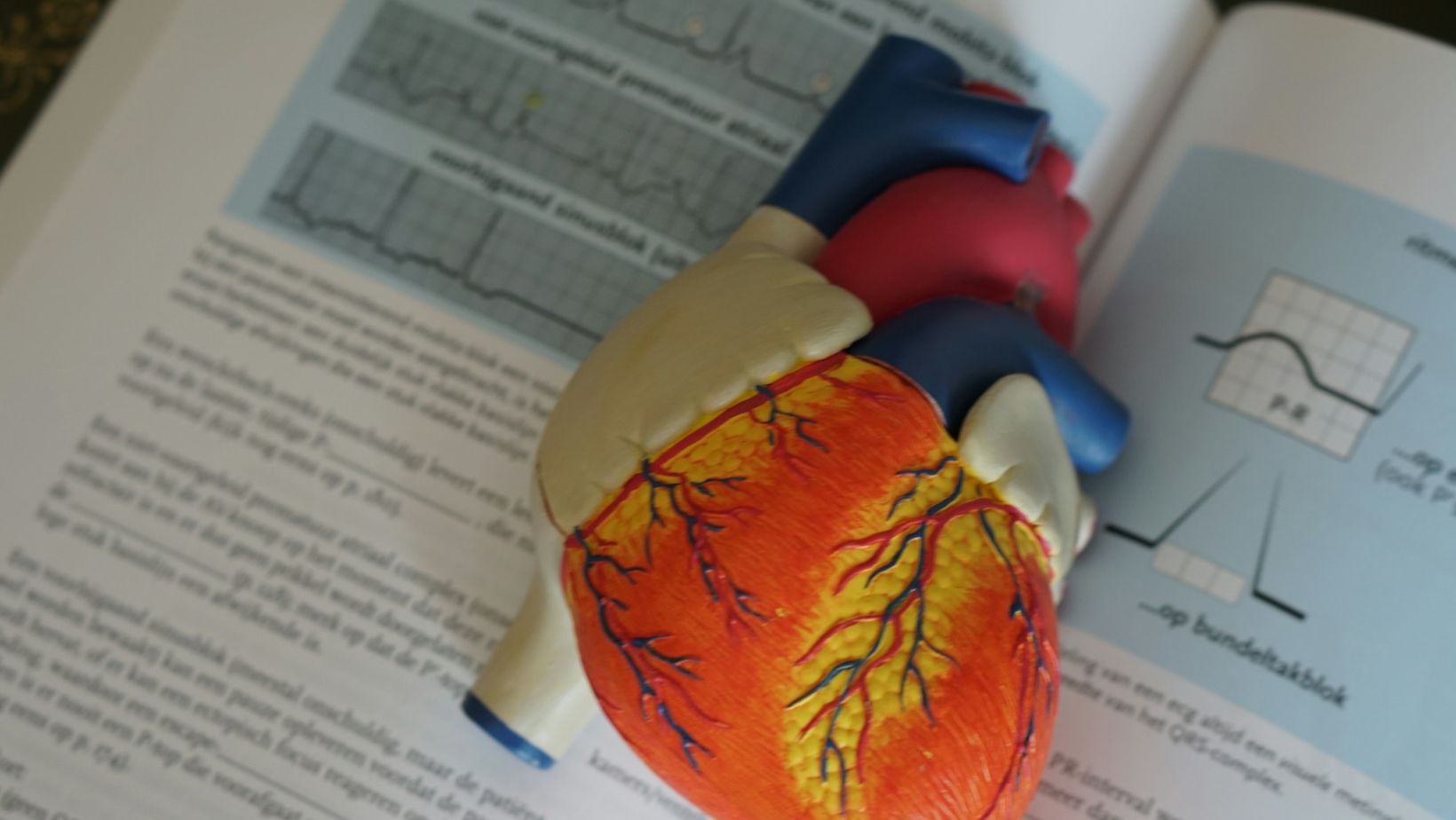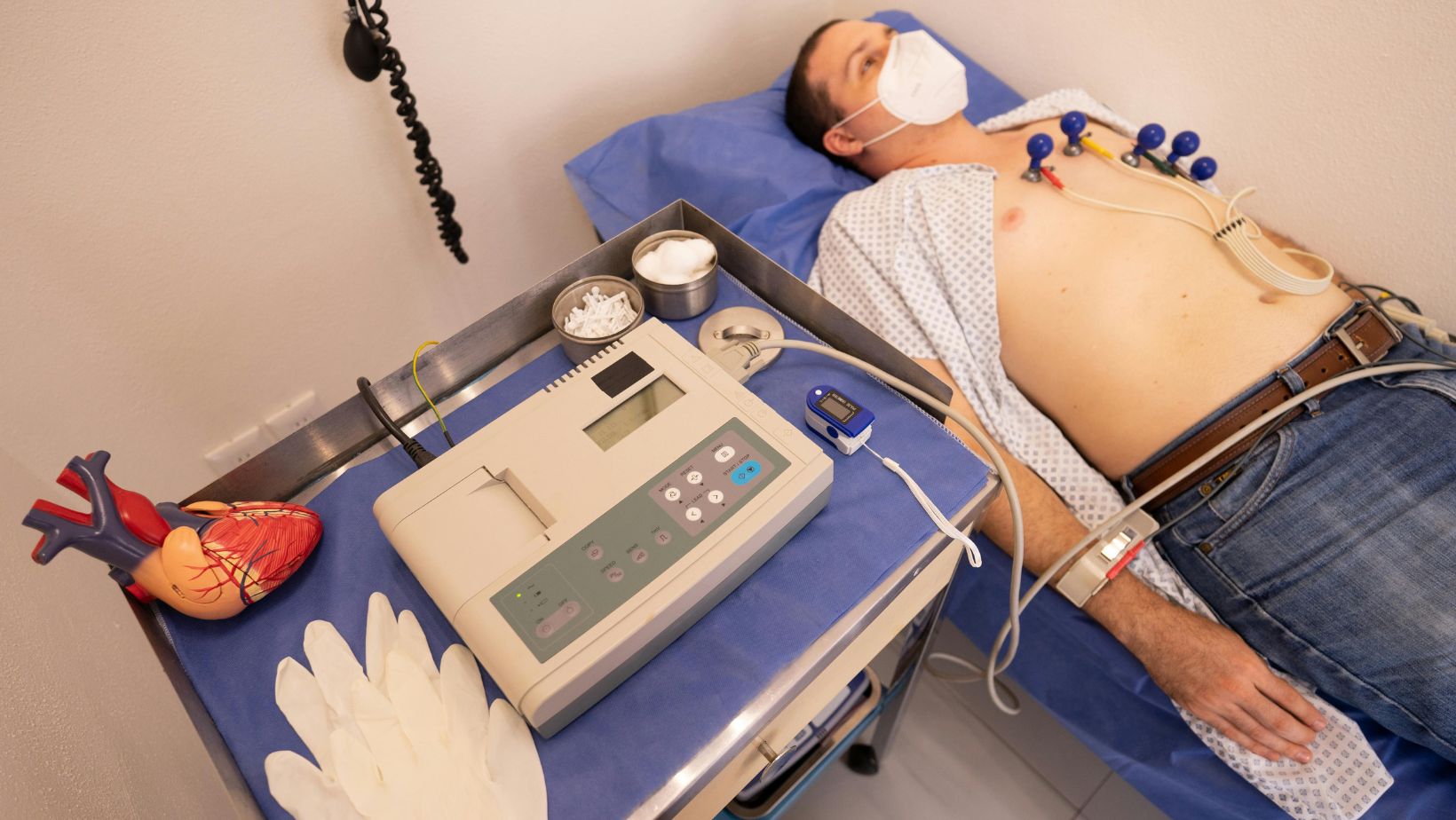Atrial flutter is a type of abnormal heart rhythm, or arrhythmia, where the heart’s upper chambers (atria) beat too quickly. This rapid heartbeat can lead to various complications, including stroke, heart failure, and other serious cardiovascular conditions. If you’ve been diagnosed with atrial flutter or are concerned about your heart health, understanding the treatment options is essential.
Medications: Controlling the Heart Rate and Rhythm
Medications are often the first line of treatment for atrial flutter. Beta-blockers and calcium channel blockers are commonly prescribed to help slow down the heart rate. In some cases, cardioversion may be used to quickly restore normal rhythm if medications are not sufficient. Additionally, antiarrhythmic drugs may be used to restore the heart’s normal rhythm.
These medications work by targeting the electrical signals in your heart, helping to regulate its rhythm and reduce the symptoms associated with atrial flutter. While effective, these medications require careful monitoring and may have side effects that need to be managed.
- The procedure is carefully timed to coincide with a specific point in your heart’s electrical cycle, which increases the chances of successfully restoring normal rhythm. It’s a highly precise intervention that requires careful preparation, including fasting and specific pre-procedure instructions.
- After the procedure, you may need to take blood thinners for a few weeks to prevent the formation of blood clots. Blood clots are a risk because atrial flutter can cause blood to pool in the heart, particularly in the left atrium, increasing the risk of stroke.
- Follow-up care is crucial after cardioversion to monitor your heart’s rhythm and ensure the procedure is effective. You might require a Holter monitor, a portable ECG device to track your heart’s activity over 24 hours or more, providing detailed insights into your heart’s performance post-treatment.
Electrical Cardioversion: Restoring Normal Heart Rhythm
If medications alone aren’t enough to control atrial flutter, your doctor might recommend electrical cardioversion. This procedure involves delivering a controlled electric shock to your heart through patches or paddles placed on your chest.

The shock helps reset your heart’s rhythm to its normal pattern. Electrical cardioversion is often used when atrial flutter causes significant symptoms or when medication hasn’t been effective. Although it’s a quick and generally safe procedure, it’s usually performed in a hospital setting under sedation to ensure your comfort.
Catheter Ablation: A Long-Term Solution
For many people with atrial flutter, catheter ablation offers a more permanent solution. During this procedure, a catheter is threaded through a vein to your heart, where it targets and destroys the small area of heart tissue that’s causing the abnormal rhythm. This treatment is particularly effective for those who haven’t responded well to medications or who experience recurrent episodes of atrial flutter. Catheter ablation has a high success rate, but like any invasive procedure, it carries some risks, including bleeding or infection at the catheter insertion site.
- The success rate of catheter ablation for atrial flutter is over 90%, making it a highly effective treatment option. Most patients experience a significant reduction in symptoms, and many remain arrhythmia-free for years following the procedure.
- Recovery time after the procedure is usually short, with most patients returning to normal activities within a few days. However, it’s important to avoid strenuous activities for at least a week to prevent complications, such as bleeding from the catheter insertion site.
Lifestyle Changes and Ongoing Management
Managing atrial flutter isn’t just about medical procedures; it also involves making lifestyle changes that support heart health. Reducing alcohol and caffeine intake, quitting smoking, and managing stress can significantly impact your heart’s rhythm.

Additionally, regular exercise and a heart-healthy diet can improve your overall cardiovascular health, reducing the likelihood of atrial flutter episodes. Ongoing monitoring with your healthcare provider is crucial, as atrial flutter can sometimes recur, and your treatment plan may need adjustments over time.
- Regular Follow-ups: Schedule routine check-ups with your healthcare provider to monitor your condition and adjust your treatment plan as necessary.
- Medication Adherence: Ensure you take any prescribed medications as directed to help maintain a stable heart rhythm and prevent complications.
- Symptom Awareness: Stay alert to any changes in your symptoms and report them promptly to your doctor, as early intervention can prevent more serious issues.
Atrial flutter can be a challenging condition, but with the right treatment approach, you can manage it effectively. Whether through medications, procedures like cardioversion or ablation, or important lifestyle changes, there are multiple strategies to help you maintain a healthy heart rhythm. Staying informed and working closely with your healthcare team will empower you to take control of your heart health and reduce the risks associated with atrial flutter.



